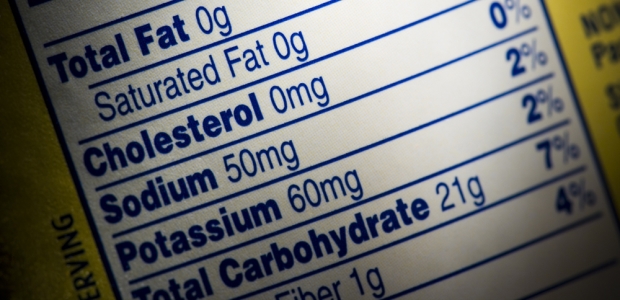
FDA Seeks Comments on Defining 'Healthy' Foods
Various stakeholders from academia and industry, as well as consumers, have requested that FDA update additional nutrition labeling regulations for nutrient content and health claims, including the implied nutrient content claim "healthy."
The U.S. Food and Drug Administration is accepting public comments on what the term "healthy" means on the labels of human food products, saying its Sept. 28 action "is consistent with our recently released 2016-2025 Foods and Veterinary Medicine Program's strategic plan with specific goals for nutrition and other planned and recent activity including the issuance of final rules updating certain of our nutrition labeling regulations." FDA also received a citizen petition asking that it update its nutrient content claim regulations to be consistent with current federal dietary guidance, specifically asking to have FDA define the nutrient content claim "healthy" with respect to total fat intake and emphasize whole foods and dietary patterns rather than specific nutrients.
Comments, submitted either electronically or in writing, are due by Jan. 26, 2017, and may be submitted via www.regulations.gov (search for Docket No. FDA-2016-D-2335).
FDA's notice says the definition in 21 CFR 101.65(d) establishes the parameters for use of the implied nutrient content claim "healthy" or related terms on the label or in labeling of a food "to suggest that a food, because of its nutrient content, may be useful in creating a diet that is consistent with dietary recommendations, if the food meets certain nutrient conditions, and the claim is made with an explicit or implicit claim or statement about a nutrient (e.g., 'healthy, contains 3 grams of fat'). The conditions include specific criteria for nutrients to limit in the diet, such as total fat, saturated fat, cholesterol, sodium, as well as requirements for nutrients to encourage in the diet, including vitamin A, vitamin C, calcium, iron, protein, and fiber." The criteria are linked to elements in the Nutrition Facts label and serving size regulations.
Various stakeholders from academia and industry, as well as consumers, have requested that FDA update additional nutrition labeling regulations for nutrient content and health claims, including the implied nutrient content claim "healthy." Now, the agency wants comments about these issues:
- Is the term "healthy" most appropriately categorized as a claim based only on nutrient content? If not, what other criteria (e.g., inclusion of foods from specific food categories) would be appropriate to consider in defining the term "healthy" for use in food labeling?
- If criteria other than nutrient content (e.g., amount of whole grain) are to be included in the definition of the term "healthy," how might we determine whether foods labeled "healthy" comply with such other criteria for bearing the claim?
- What types of food, if any, should be allowed to bear the term "healthy?" Should all food categories be subject to the same criteria?
- Is "healthy" the best term to characterize foods that should be encouraged to build healthy dietary practices or patterns? What other words or terms might be more appropriate (e.g., "nutritious")? We encourage submission of any studies or data related to descriptors used to communicate the overall healthfulness of a food product.
- What nutrient criteria should be considered for the definition of the term "healthy?" Should nutrients for which intake is recommended to be limited be included? Should nutrients for which intake is encouraged continue to be included?
- Would this change in the term "healthy" cause a shift in consumer behavior in terms of dietary choices?